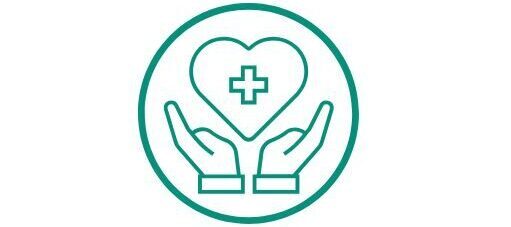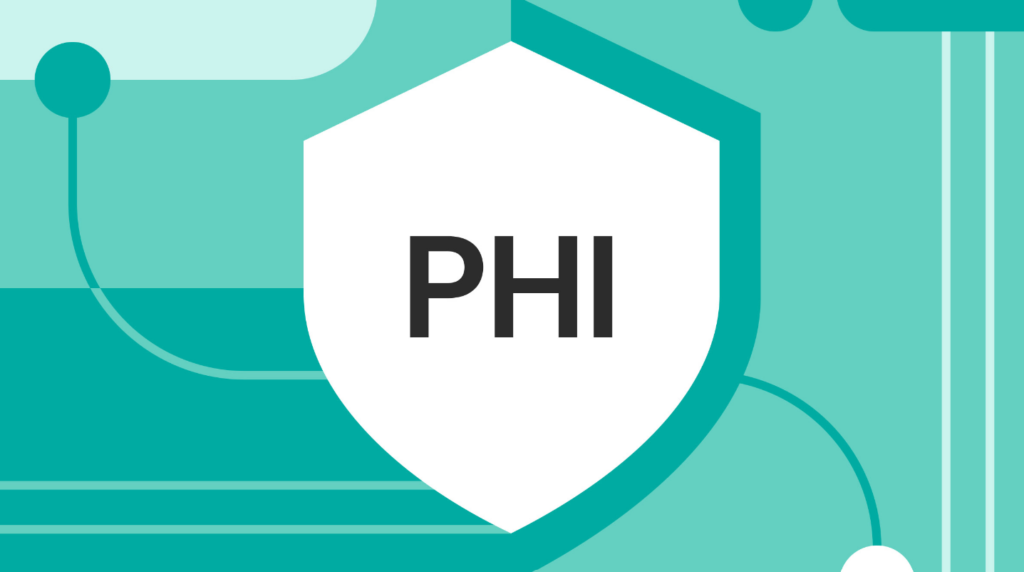In today’s digital age, where data reigns supreme, the need to protect sensitive information has become more crucial than ever. Protected Health Information (PHI), encompassing everything from medical histories to insurance details, demands robust security measures. Innovations in technology now offer advanced software solutions capable of identifying and safeguarding this confidential data. This blog post delves into the importance and functionality of such software, equipping you with the knowledge to navigate this complex landscape.
Understanding Protected Health Information
What is Protected Health Information?
Protected Health Information consists of any medical records or specific data that can identify an individual, which is maintained by healthcare providers, insurance companies, or any healthcare-related entity. Such information includes names, addresses, medical records, and payment details. Preserving the integrity and confidentiality of this data is a legal requirement under regulations like the Health Insurance Portability and Accountability Act (HIPAA).
Why Protecting PHI is Essential
The risks associated with PHI breaches can lead to significant consequences, not just for healthcare facilities, but more importantly, for the individuals whose data is compromised. Identity theft, medical fraud, and financial loss are among the dangers faced by patients. Utilizing software that can efficiently identify PHI before a breach occurs acts as a preventative measure, ensuring data privacy and security.
How Software Identifies PHI
Core Technologies
The ability of software to identify Protected Health Information relies on a combination of machine learning algorithms and pattern recognition. These systems are designed to analyze vast amounts of data, identifying patterns that might indicate PHI. Leveraging techniques from Natural Language Processing (NLP), these tools can comprehend and categorize textual data at a level akin to human understanding.
Integration with Existing Systems
When employed effectively, PHI identification software can seamlessly integrate within existing healthcare management systems. It scans through electronic health records (EHRs), databases, and communication channels, ensuring that potential vulnerabilities are quickly addressed. The interoperability of these systems enhances the overall protective measures in place, making data breaches substantially less likely.
Benefits of Using PHI Identification Software
Enhanced Data Security
The most apparent benefit of deploying such software solutions is enhanced security. By identifying PHI accurately, healthcare providers can ensure that sensitive data is encrypted and only accessible to authorized personnel. This reduces the risk of unauthorized access and potential data breaches.
Compliance with Regulations
Meeting the rigorous demands of regulations such as HIPAA is a challenge for many healthcare institutions. PHI identification software simplifies the compliance process by ensuring all data is monitored, tagged, and controlled according to legal standards. This not only protects patient information but also shields the healthcare provider from potential legal and financial repercussions.
Improved Patient Trust
Establishing trust with patients is invaluable. When patients are confident that their personal information is securely managed, it enhances their overall healthcare experience. The reliable use of software that identifies and protects PHI plays a significant role in building this trust.
Key Features to Look for in PHI Identification Software
Advanced Encryption Capabilities
The strength of encryption used by the software is crucial. Look for solutions that offer robust encryption methods that can withstand potential cyber-attacks. Advanced encryption protects PHI while stored or transmitted, ensuring only authorized entities can access the data.
Real-Time Monitoring and Alerts
An effective PHI identification software will provide real-time monitoring, alerting administrators to any potential threats or suspicious activities. Immediate alerts enable swift action to mitigate risks, ensuring proactive rather than reactive security measures.
User-Friendly Interface
Ease of use is vital for ensuring widespread adoption among healthcare staff. A user-friendly interface ensures that the software can be effectively utilized without the need for extensive training or technical expertise. This encourages its consistent use as part of daily operations.
Challenges and Considerations
Balancing Security and Usability
While the primary focus of PHI identification software is on security, it should not compromise usability. A delicate balance must be struck to ensure that healthcare professionals can efficiently access the information they need without unnecessary complexity or inconvenience.
Cost Implications
Implementing comprehensive software solutions involves an investment. It’s essential to assess the cost in comparison to the potential risks and losses associated with PHI breaches. Investing in high-quality software is a proactive step toward mitigating financial losses and protecting patient privacy.
Conclusion
As the digital landscape continues to evolve, the protection of Protected Health Information must remain a top priority for healthcare providers. Software that can identify PHI represents a vital component of a robust privacy strategy, offering enhanced security, ensuring compliance, and building patient trust. By investing in such software, healthcare institutions can safeguard sensitive information, ultimately improving both operational efficiency and patient satisfaction.



